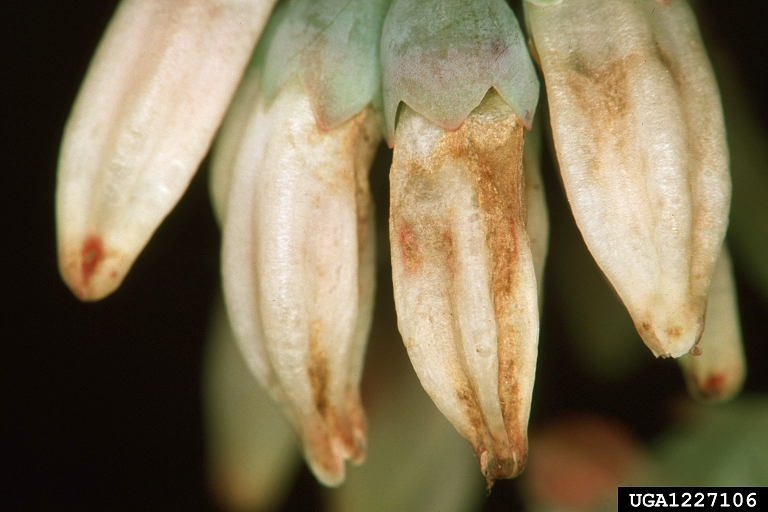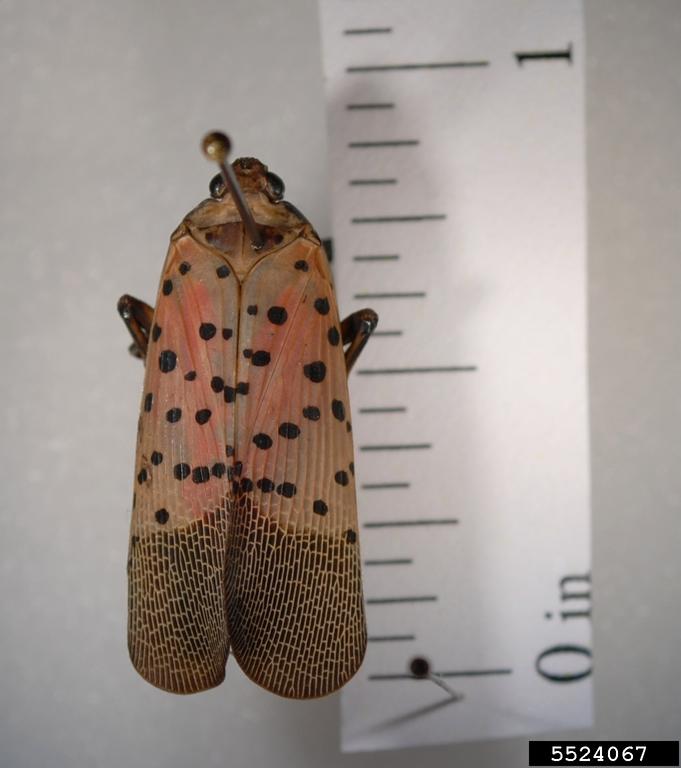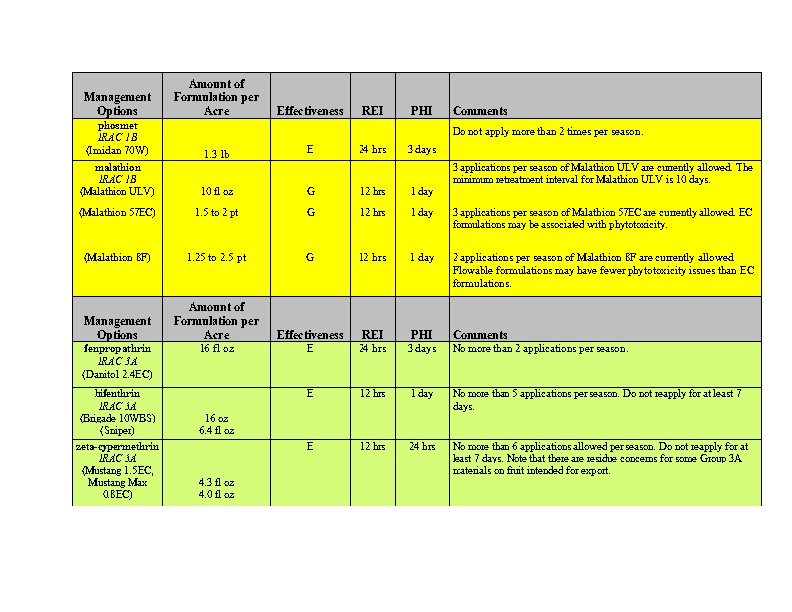Blog
-

Dr. Ash Sial, Blueberry Entomologist and UGA IPM Program Coordinator Blueberry, blackberry, raspberry, and strawberry growers throughout the southeast region and nationally are invited to attend an upcoming stakeholder listening session where they will be asked to share their experiences, concerns and needs with researchers regarding thrips management in their small fruit production systems. The session will…
Posted in: biological control, Blueberry, chemical control, commercial, cultural control, insect pests, Monitoring -

Written by: Emily Cabrera, UGA IPM Communications Coordinator Experts/Sources: Cera Jones, Small Fruit Entomology Lab Manager and Corinne Stouthamer, Research Scientist, University of Georgia In a quiet field of abandoned blueberries and shrubby brush in south Georgia, Cera Jones released hundreds of tiny parasitic wasps into the thicket and watched them fly away, following their natural instinct…
Posted in: beneficials, biological control, Blueberry, insect pests, invasive pest, organic, small fruits, strawberries -

Written by: Emily Cabrera, UGA IPM Communications Coordinator Expert/Source: Anthony Black, Southeast Research and Education Center Superintendent The University of Georgia Southeast Research and Education Center (SEREC) will host its annual field day from 9 a.m. to 3 p.m. Wednesday, Aug. 10. The annual event is an open house tour of current research projects taking place at…
Posted in: commercial, Commodity, corn, cotton, cover crops, Demonstration, Field Day, peanuts, small grains, Soybean -

Written By: Dr. Ash Sial, Department of Entomology, University of Georgia Scales are a large group of insects (superfamily Coccoidea) in order hemiptera that are minute to small in size and sexually dimorphic – males and females are distinctly different in appearance (Daly et al. 1998). They have unusual lifecycle; females have incomplete metamorphosis (egg-immatures-adult),…
-

Written by: Emily Cabrera, UGA IPM Communications Coordinator Expert/Source: Clint Waltz, Extension Turfgrass Specialist Whether you’re a golf course superintendent or a homeowner looking to grow the perfect lawn, there will be something for you at this year’s University of Georgia Turfgrass Field Day. “After four long years we are excited to bring back the…
Posted in: Demonstration, Field Day, homeowner, landscape, Research, Technology, Training/Education, turfgrass, Variety Selection -

Written by: Emily Cabrera, UGA IPM Communications Coordinator Expert/Source: Phil Brannen, Fruit Pathologist, University of Georgia The Southern Integrated Pest Management Center (Southern IPM Center) has inducted University of Georgia Cooperative Extension fruit pathologist Phil Brannen into the Integrated Pest Management Hall of Fame for his significant contributions to commercial fruit growers throughout the Southern U.S. over the past 30 years. Each year, the…
-

Written by: Emily Cabrera, UGA IPM Communications Coordinator Expert/Source: Juan Carlos Díaz-Pérez, University of Georgia Horticulture Professor For nearly three decades, Juan Carlos Díaz-Pérez has been contributing to the field of sustainable vegetable production, focusing on organic agriculture as a professor in the University of Georgia Department of Horticulture. This month, Georgia Organics is recognizing his work with the 2022 Land…
-

Written by: Emily Cabrera, UGA IPM Communications Coordinator Experts/Sources: Elizabeth McCarty, Forest Health Specialist, University of Georgia and Rebekah Wallace, EDDMapS Coordinator & Bugwood Images Coordinator, Center for Invasive Species and Ecosystem Health As of June 2022, North Carolina has an established population of Lycorma delicatula, an invasive insect pest of trees and vines including a…
-

Written by: Ash Sial, Department of Entomology, University of Georgia Spotted-wing drosophila (SWD, Drosophila suzukii) is an invasive pest of soft skinned fruit in the United States and has been detected throughout the southeast. Infestations were observed in some blueberries. SWD damage is similar to blueberry maggot. Female flies lay their eggs in ripening and ripe…